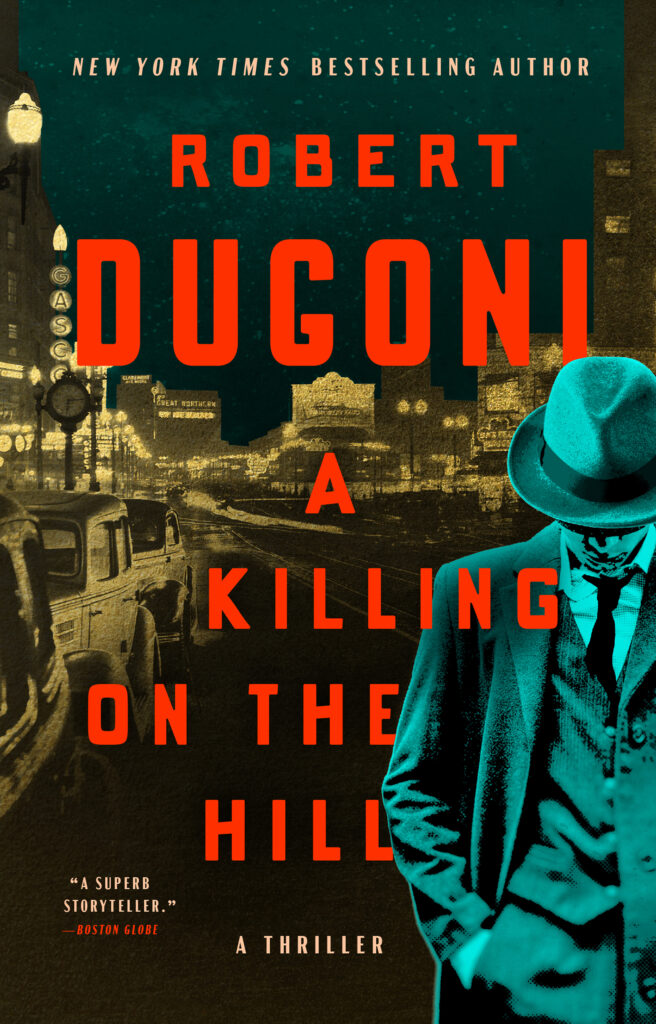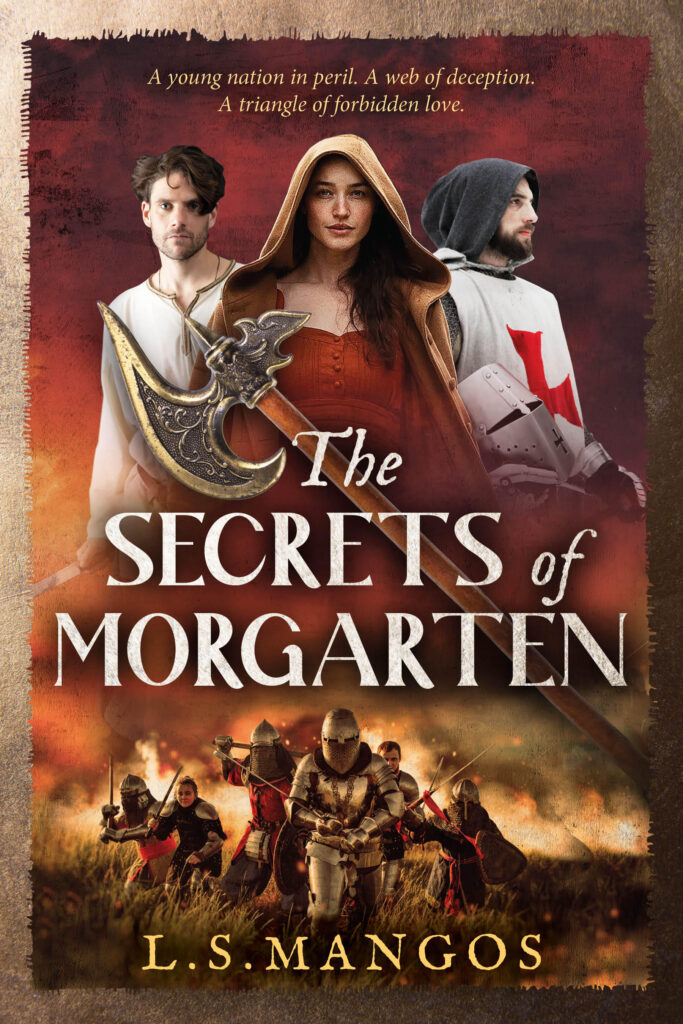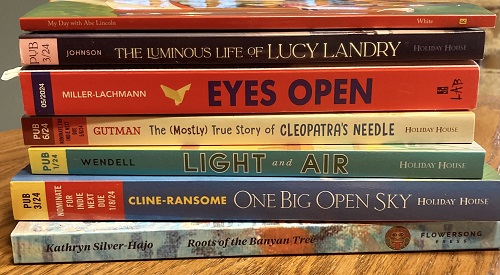Tinseltown: Murder, Morphine, and Madness at the Dawn of Hollywood
1922. Hollywood is plagued by its first scandals; sensationalistic yellow journalism trumpets the poisoning of Olive Thomas and the murder trial(s) of Roscoe Arbuckle. Just when studio kingpin Adolph Zukor thinks the furor is dying down, director William Desmond Taylor is found murdered on the floor of his bungalow. The seemingly unimpeachable Taylor apparently possessed a wealth of secrets. Suspects abound: comedienne/recovering drug addict Mabel Normand, down-on-her-luck actress/con-woman Margaret Gibson, obsessed child-star Mary Miles Minter, perfidious valets, gangsters, and more.
Mann’s true-crime work is commendable. His storytelling prose reads like fiction, skillfully conjuring Tinseltown during the silent era, and also the bigger picture of a multi-million dollar industry threatened by censorship and a vocal “morality” brigade. Mann’s “characters,” from Normand to Will H. Hays, are cleverly sketched, their motivations clear – but N.B., it’s easy to tell which ones he likes and which he doesn’t; there is definite bias here. The speculation is interwoven with fact; Taylor’s murder is a “cold case,” and Mann has his own theory about goings-on. It’s a convincing one, based upon substantive research. Given all the intentional obfuscation by the studio machine and the half-truths of Hollywood, Taylor’s murder may never be definitively solved, but Mann’s theory is worth a look and makes for an entertaining read.










